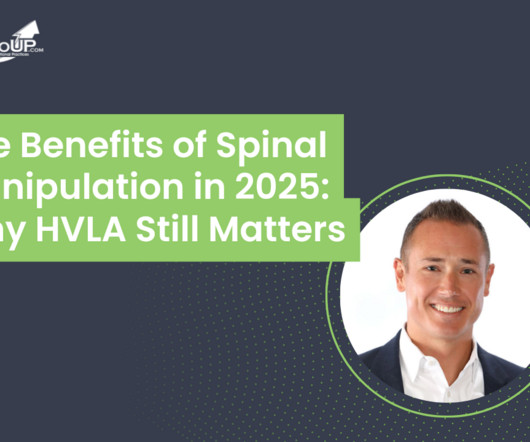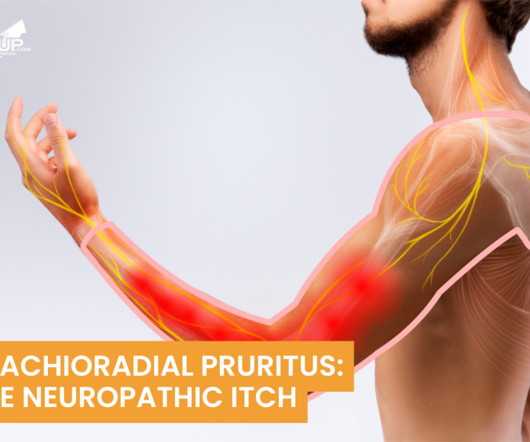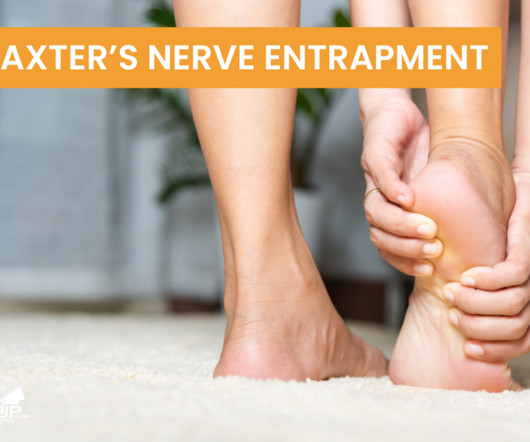The Benefits of Spinal Manipulation in 2025: Why HVLA Still Matters
ChiroUp
FEBRUARY 14, 2025
Defined by a rapid, controlled thrust that moves a joint just beyond its normal physiological range (without exceeding anatomical integrity), HVLA provides a host of therapeutic benefits. 2) Reduction of spinal fixation: The thrust can break adhesions in the joint capsule and surrounding connective tissue, restoring normal motion.















Let's personalize your content